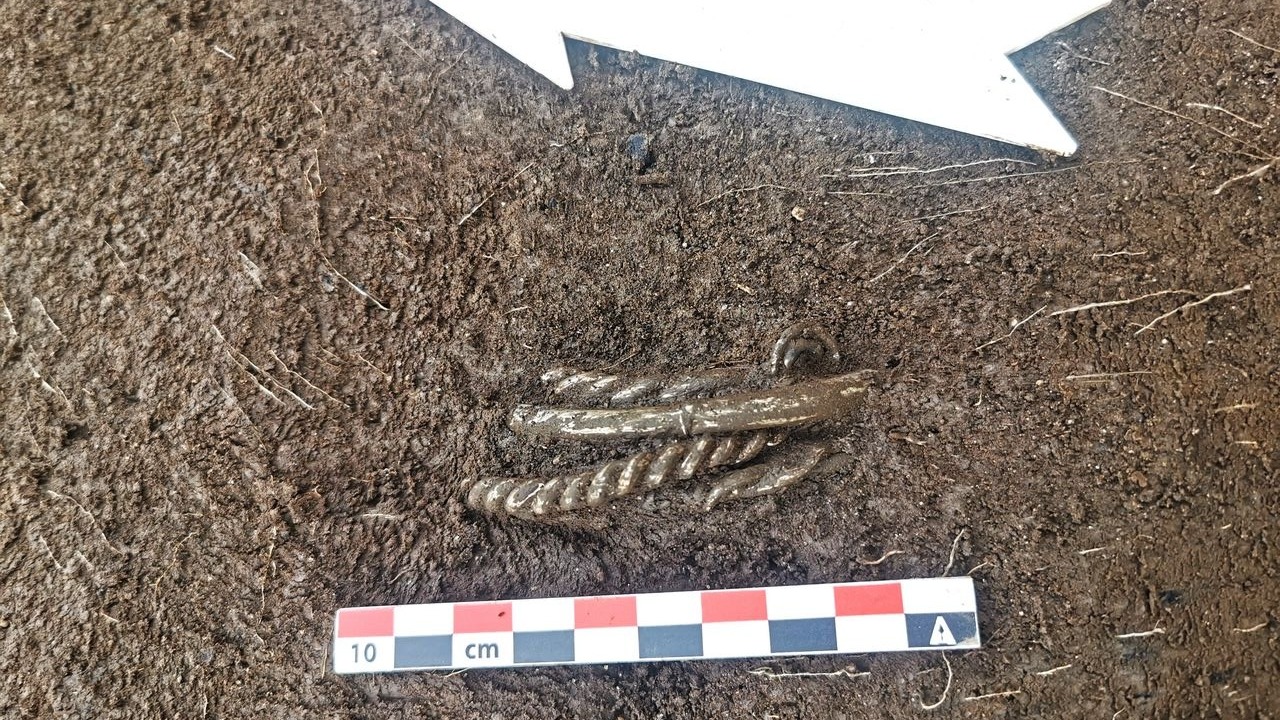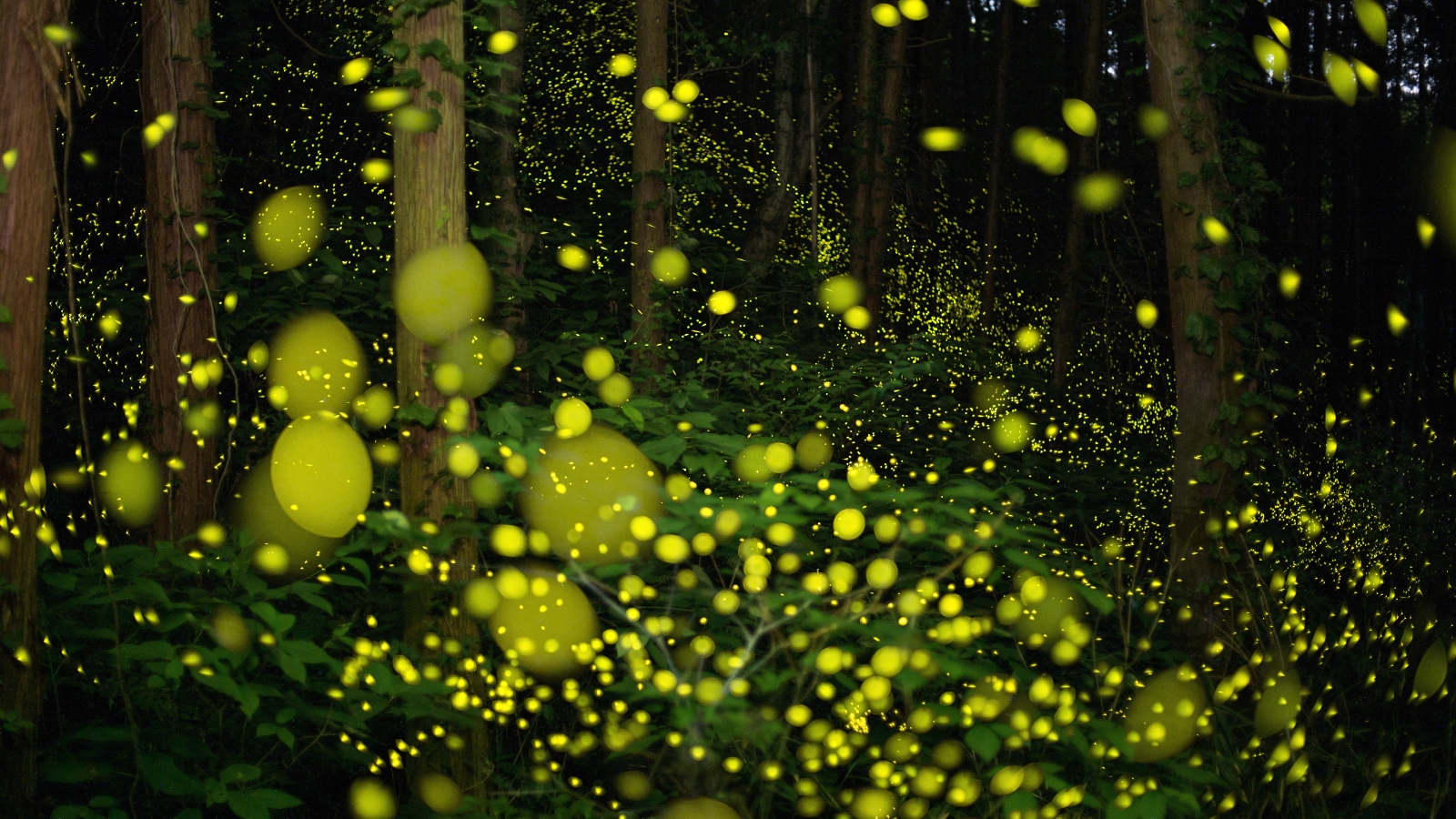4 silver Viking Age bracelets discovered 'untouched' on Norway mountainside after more than 1,000 years
Archaeologists have unearthed a set of uniquely decorated bracelets on the site of a "large and powerful" Viking Age farm.

Archaeologists in Norway have discovered a Viking Age treasure that had remained "untouched" for more than 1,000 years.
The four silver bracelets had been buried nearly 8 inches (20 centimeters) in the ground on a mountainside in Årdal, a village in southwestern Norway, according to a translated statement from the University of Stavanger.
"This is definitely the biggest thing I have experienced in my career," Volker Demuth, an archaeologist and project manager at the Archaeological Museum at the University of Stavanger, said in the statement.
Archaeologists found the bracelets ahead of construction of a new tractor road. Because some of the ninth-century jewelry had twisted designs, researchers initially thought they had unearthed copper wires in the soil.
"At first I thought it was a question of some twisted copper wires that you can often find in agricultural land, but [then] I saw that there were several lying next to each other and that they were not copper at all, but silver," Ola Tengesdal Lygre, a staff engineer at the Museum of Archaeology at the University of Stavanger, said in the statement. "I realized that we had found something exciting."
Related: 'Spectacular silver treasure' from Viking Age unearthed by college student on farm in Denmark
Further exploration revealed that the location once housed a "large and powerful" Viking Age (A.D. 793 to 1066) farm comprising multiple houses for people and animals, according to the statement. The researchers found the buried bracelets within one of the smaller structures, which likely housed enslaved individuals.
Get the world’s most fascinating discoveries delivered straight to your inbox.
"This is a unique find, because we very rarely find such objects exactly where they were placed," Demuth said. "As a rule, such valuable objects are discovered on fields that have been plowed, where an object has been completely taken out of its original context. Since the silver hoard has not been moved, it can give us completely new insights into life and society in the Viking Age."
In addition to the jewelry, researchers discovered an array of artifacts, including soapstone pots, rivets, knife blades and whetstones for sharpening tools. There's also evidence that the farm had been burned down, which "coincides with a period of great unrest in the Viking Age," according to the statement.
"If people who lived on this farm had to flee from an attack, it would be natural to hide away the valuables you had before escaping to the mountains," Demuth said. "And perhaps in a place where you would not have thought that a treasure was hidden."
The researchers noted that Norway didn't have silver mines at that time, so the silver for the bracelets likely came from abroad, likely through trade, gifts or looting. However, they're not the only silver jewelry found in this region; the bracelets' design resembles that of silver necklaces found in Hjelmeland in 1769, according to the statement.
The block of earth surrounding the bangles has been X-rayed at the Archaeological Museum. Next, the researchers plan to take soil samples to learn, for instance, whether the bracelets were wrapped in cloth during burial.
Jennifer Nalewicki is former Live Science staff writer and Salt Lake City-based journalist whose work has been featured in The New York Times, Smithsonian Magazine, Scientific American, Popular Mechanics and more. She covers several science topics from planet Earth to paleontology and archaeology to health and culture. Prior to freelancing, Jennifer held an Editor role at Time Inc. Jennifer has a bachelor's degree in Journalism from The University of Texas at Austin.


